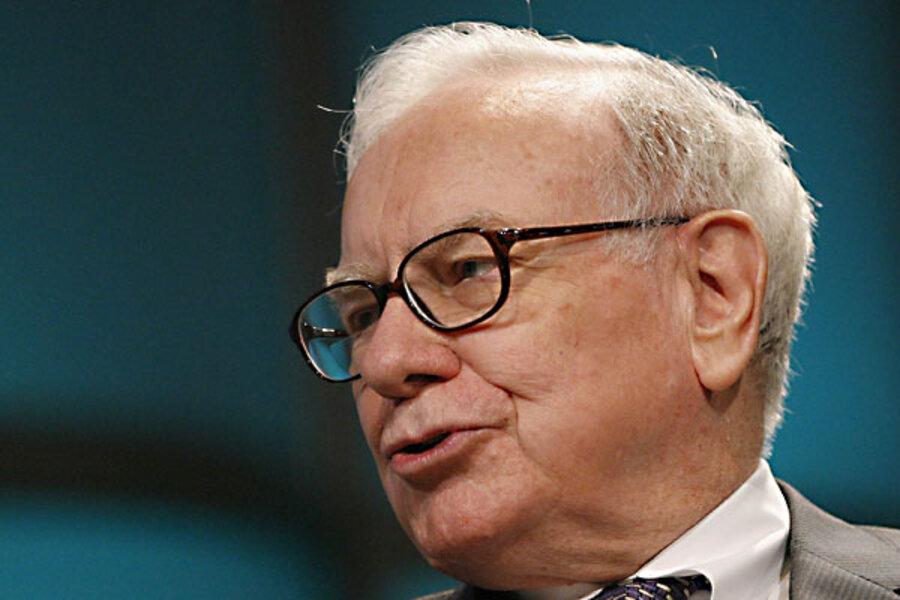Why investors pay less taxes than the rest of us
Loading...
After I wrote last week about Warren Buffett’s New York Times op-ed on the low tax rates paid by wealthy investors, Tax Policy Center visiting scholar Brian Galle pointed out that my graph showing the maximum tax rates Americans could pay was misleading. Actual tax rates, he noted, are much lower than what the graph showed, regardless of where people get their income.
Brian is right, of course. I intended to show that no one can pay as high a tax rate as Buffett said some coworkers did. But some readers may have misinterpreted the graph as showing the taxes people actually pay.
So how much tax do Americans pay and how do those rates differ by their sources of income?
To answer Brian’s question, let’s look at actual tax rates. New TPC estimates show that combined individual income and payroll tax rates are quite progressive throughout the income distribution except at the very top. The effective combined tax rate increases from just 0.2 percent of income for people in the lowest quintile (those making less than about $17,000) to 12.1 percent for the middle quintile ($33,500 to $60,000) and 19.5 percent for those in the top quintile (over $103,500). Within that last group, the rate rises from 18.3 percent for the 80th-90th percentiles to 20.2 percent for the 95th-99th percentiles but then dips to 19.6 percent for the top 0.1 percent (and even lower for Buffett, who said he pays just 17 percent).
But now look at what happens as people make more of their money from long-term capital gains and qualified dividends. That income faces much lower tax rates—either 0 percent or 15 percent, compared with as much as 35 percent for other income. Plus, unlike wage and salary income, it is also exempt from Social Security and (for a little while longer) Medicare payroll taxes.
The result: the more of your income from gains and dividends, the lower your effective tax rate (ETR). Within the top quintile, for example, people who get less than a tenth of their income from those sources face an ETR of nearly 21 percent, compared with an ETR under 12 percent for those who get more than two-thirds of their income from investments. The only exception is the lowest-earners, whose effective tax rate is nearly zero, thanks to the earned income credit.
The lower taxes on investment income mean that many high-income taxpayers face a lower ETR than middle- and upper-middle-income people who get almost all of their income from working. People in the top 0.1 percent—those with income over $2.18 million in 2011—who get more than two-thirds of their income from gains and dividends face an ETR of just 12 percent, compared with 16 percent for people in the fourth quintile who get less than 10 percent of their income from investments.
But a lot of high-income taxpayers face higher ETRs. Among those in the top 0.1 percent, people who get less than 10 percent of their income from investments pay an average ETR of 26 percent.
Buffett was right that he pays less of his income in federal taxes than a lot of other Americans with much lower income. He and many other high-income taxpayers benefit greatly from the low tax rates on capital gains and dividends. But regardless of the much higher tax rates on earnings, people throughout the income distribution pay a lot less of their income in taxes than Buffett suggested.





